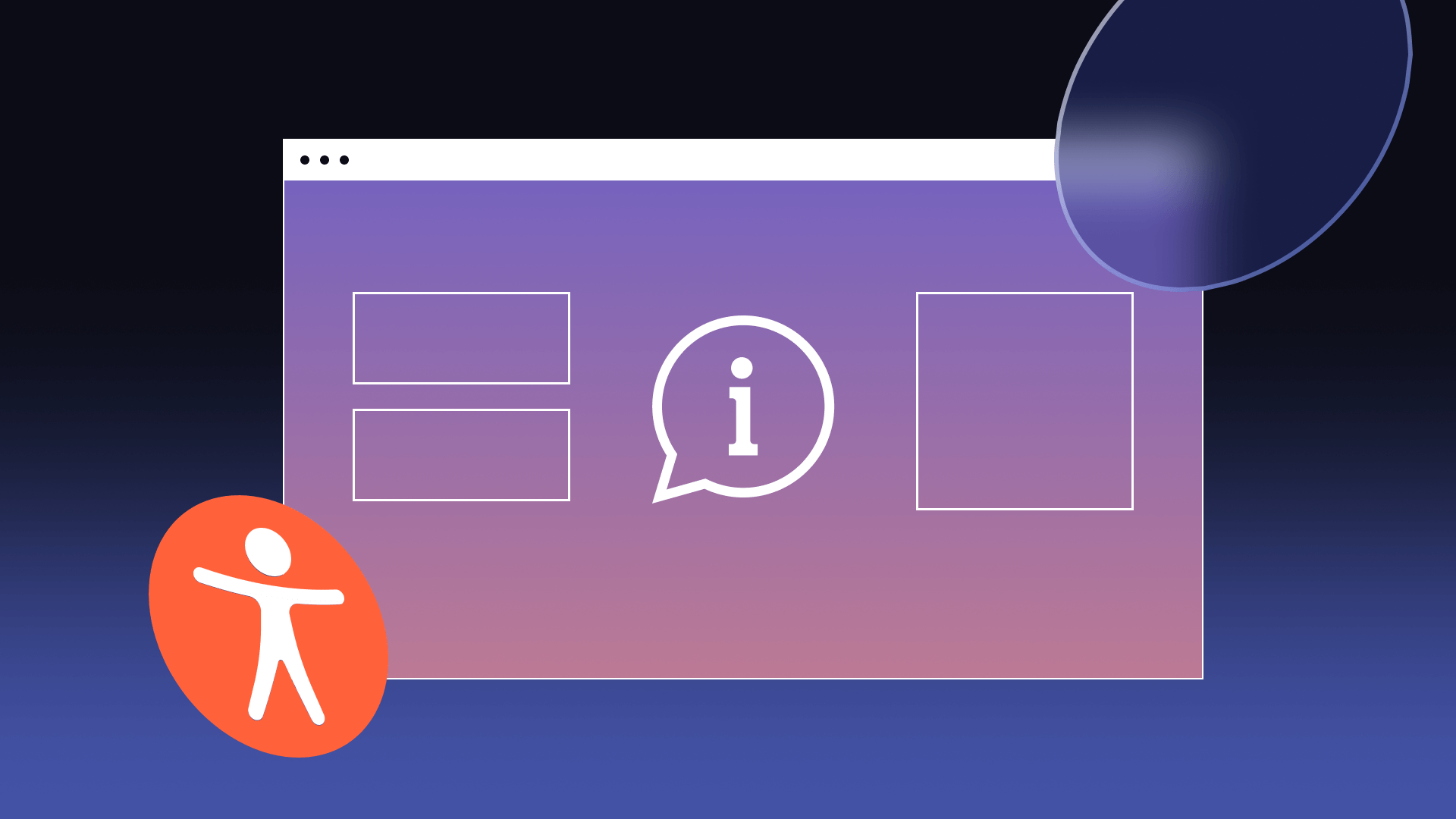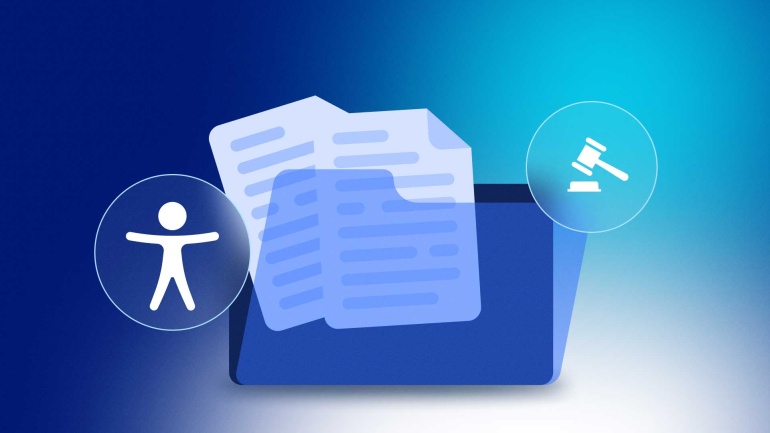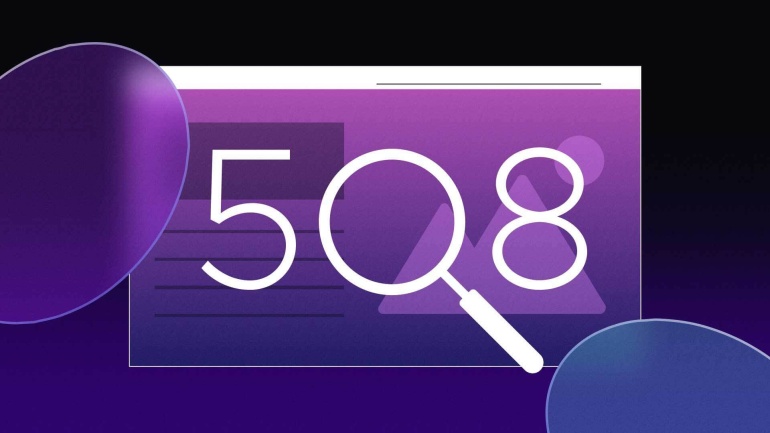What is web accessibility? What makes something “web accessible?” What steps can you make toward hosting accessible-friendly and inclusive web space?
There is a highly technical field of experts working behind the scenes every day to bring specific solutions to these questions. But there is a simple and broad way to understand web or digital accessibility and the rationale behind what is required: The internet was created for everyone and should be accessible universally.
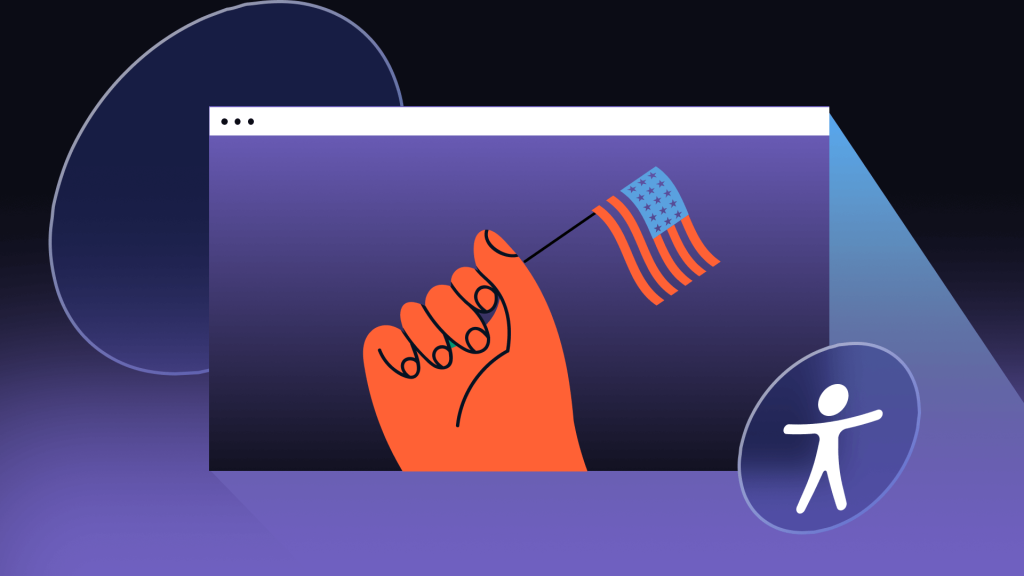
Why be Web Accessible?
The fundamental understanding mentioned previously develops the foundation for web accessibility and the reason why people should strive to host highly inclusive online spaces. Some examples of web-accessible features are providing alternative text for images used in the content, transcripts of audio, and a well-structured site that users can navigate with only a keyboard.
Civil Rights
For one, there are government accessibility guidelines worldwide mandating and protecting the civil rights of their citizens to equality — including equality of access. Violating these laws puts you, your organization, or your business at risk by exposing you to fines and litigation.
Social Inclusion
Being a good corporate citizen is the next case for accessibility. When websites are inaccessible, social inclusion suffers.
When content and websites fail to meet accessibility guidelines, there are inherent barriers to welcoming specific people into conversations. Web accessibility enables people with disabilities, the elderly, and those in rural communities and developing countries to join the rest of the world online.
The Business Case
While civil rights and social inclusion are reasons enough to make websites accessible, there are some economic benefits, as well.
Meeting website accessibility standards means your website is adaptable for tablet and mobile users. It also means your website’s usability and functionality appeal to a larger demographic and audience. Search engine providers factor web accessibility into their results and will scope your website looking for features like alt-text, which can improve query ranking to get your business above the fold.
What is ADA Compliance?
The Americans with Disabilities Act of 1990 (ADA) is a federal civil rights law that prohibits discrimination against individuals based on a disability. This law protections to people with disabilities by guaranteeing their rights to equal employment and hiring opportunities, their right to access publicly administered programs and amenities, and their right to purchase goods and services.
Traditionally, compliance with the statute has been a matter of structure design and measures laid out through the ADA Standards for Accessible Design. These standards dictate accessibility-friendly specifications for everything from which angle pool stairs should be constructed to the width of hallways so that wheelchairs can comfortably navigate them.
What About Web Accessibility?
While there is so much detail in the ADA regarding physical spaces, it immediately becomes ambiguous whether the ADA applies to digital accessibility. This is because the ADA was passed before the emergence of the first website. Thus the law never mentions website accessibility or how to know if a website is compliant with federal law.
Though the Department of Justice (DOJ) has long considered the ADA to apply to websites, it and Congress have failed over the past three decades to remedy this deficiency in the law. The DOJ recently provided new guidance to web authors, stating websites must comply with ADA requirements but never pointed to a specific set of standards.
What is the World Wide Web Consortium (W3C)?
The World Wide Web Consortium, or W3C, is an international coalition founded in 1994 which seeks to provide universal standards and benchmarks to push the web to its full potential. It is led by director Tim Berners-Lee, who created the world wide web (i.e. “www.”) in 1989.
Web Content Accessibility Guidelines (WCAG)
Because of the lack of web accessibility standard guidelines worldwide, the W3C launched and funded the Web Accessibility Initiative (WAI) in 1997. The initiative seeks to equip developers with proper accessibility requirements for websites in order to create high-quality experiences that are inclusive and barrier-free.
According to W3C, the web was fundamentally designed to work for all people regardless of circumstances, like location, hardware, or language. Websites fulfill this mission when people with a diverse range of hearing, sight, cognitive ability, and movement can freely access resources. To make sure web developers had the resources to create inclusive environments, the Web Content Accessibility Guidelines (WCAG) were born.
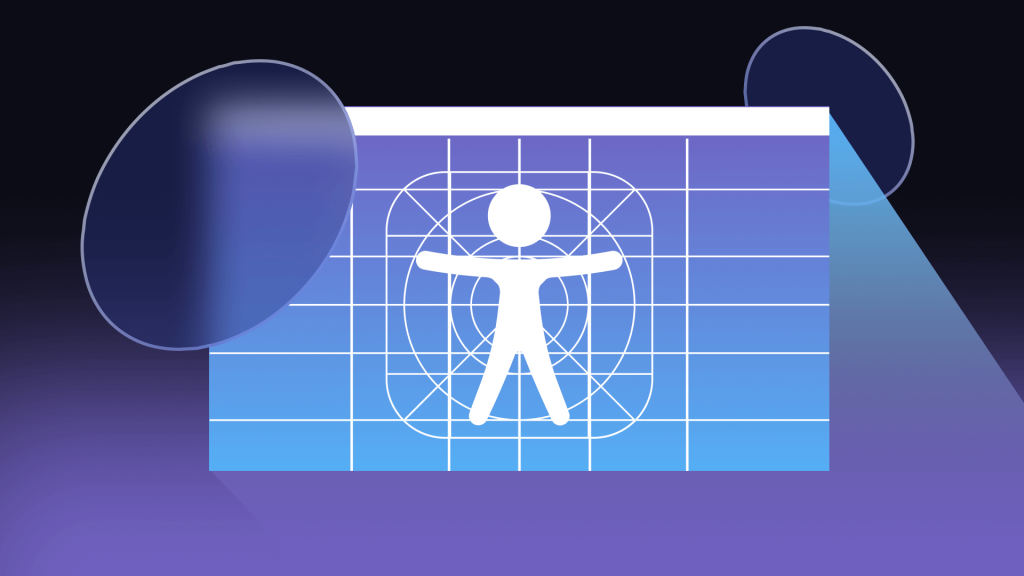
Different Versions & Levels of WCAG
The WCAG is based on four driving principles of access. People who wish to access web resources must have content that is:
- Perceivable – Nothing is “invisible” to all of their senses
- Operable – Interfaces cannot require interactions impossible for the user
- Understandable – Content and operation cannot be beyond comprehension
- Robust – A wide variety of assistive technologies can reliably interpret the content
WCAG’s progressive success criteria provide a conformance level grade depending on which guidance threshold content is able to meet. This includes levels A, AA, and AAA. Double-A WCAG conformance is typically the minimum-allowed compliance level for government agencies that require adherence to the WCAG. This includes Section 508 of the Rehabilitation Act, which governs federal programs and resources.
WCAG 1.0 (1999) – Primarily focusing on HTML accessibility standards, WCAG 1.0 was the fundamental action by W3C and the first big step toward promoting digital inclusivity as a global standard.
WCAG 2.0 (2008) – This version of WCAG defined the overarching principles of web accessibility and further defined specific success criteria for web accessibility.
WCAG 2.1 (2018) – The emergent dominance of smartphones and tablets over a decade led to the need for 17 new guidance areas to be developed to define web accessibility.
WCAG 2.2 (2020) – The latest version of WCAG. This version incorporates 9 additional criteria and reorganizes some priorities of existing guidelines among levels A, AA, and AAA.
WCAG 3 (TBD) – The publishing of WCAG’s next articulation is underway. A working draft of WCAG 3.0 was made available for review in January 2021 and has already undergone several alterations.
How to Improve Website Accessibility:
There are three ways to improve a website and make it more accessible and compliant with the aforementioned WCAG standards:
- Rebuild the website from the ground up
- Identify and manually fix specific issues
- Use automated features
Rebuild the Website
There is a great appeal to building a website from the ground up. Using accessibility-minded design in a web development phase means there is a cleaner linear progression of work. This kind of undertaking means that old content is not being forced into a new paradigm.
Manually Fix Specific Issues
Fixing specific WCAG violations is a reasonable initiative for organizations and businesses that don’t have the budgets or technical knowledge for a complete rebuild. However, finding, identifying, and troubleshooting violations gives room for human error and missed features.
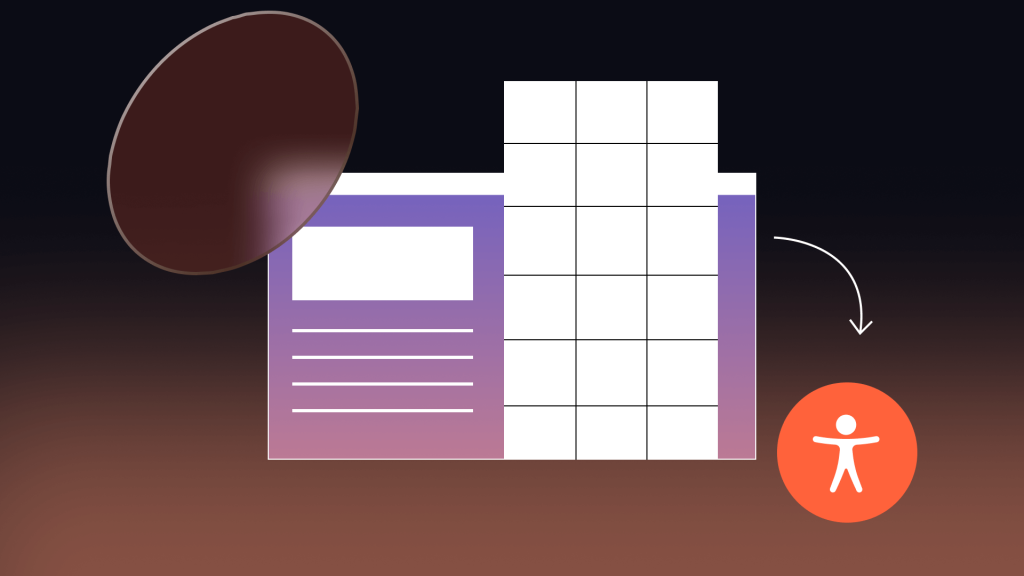
Purchase & Subscription Tools
Due to the time, energy, and money required for the first two WCAG-compliance pathways, many accessibility solution services have begun to implement software tools to not only identify but in some cases, automatically correct some of the issues.
Online Checkers — Web developers can quickly scan their website simply by submitting their website URL to a web accessibility checker. There are a variety of these tools available for free online and they identify content that does not adhere to WCAG success criteria.
Audits — Accessibility audits are performed by compliance industry professionals and provide a comprehensive evaluation of where your website meets and fails to meet web accessibility standards. An audit will provide details on where there are violations and recommendations on how to remediate them.
User testing by members of the disabled community can also be a facet of the auditing process and can help provide first-hand perspectives of how usable a website is for those who are impaired in a variety of ways.
Web Accessibility Overlays — Overlays provide website authors with the ability to insert a simple line of code into their website and immediately benefit from compliance software. This overlay software typically provides user customization ability with features such as resizing or adjusting a website’s text.
Overlays often provide remediation solutions as well and can find and even remedy many WCAG solutions. These types of solutions have quickly become popular in the accessibility space as they provide a more affordable, faster, and less sophisticated remediation process.
Not all overlay tools are not created equal, however. Just like a manual audit depends on the ability of the professional performing it, the performance of an overlay depends on the quality of the product.
